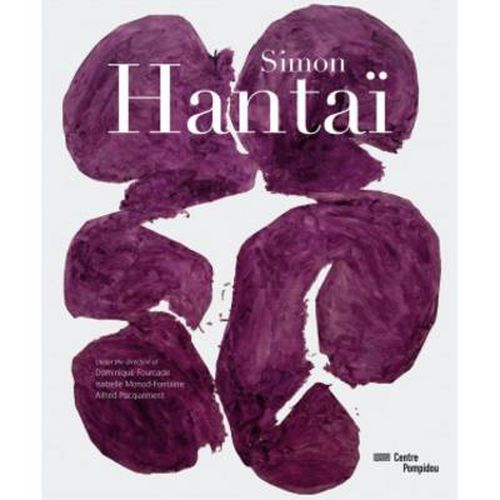Readings Newsletter
Become a Readings Member to make your shopping experience even easier.
Sign in or sign up for free!
You’re not far away from qualifying for FREE standard shipping within Australia
You’ve qualified for FREE standard shipping within Australia
The cart is loading…






Born in Hungary in 1922, Simon Hantai moved to Paris at the age of 26, and fell in with Andre Breton’s postwar Surrealist circle, where he was quickly acclaimed by Breton himself. But it was not until the early 1960s that Hantai developed the pliage or folding method that has made him an influential figure on both sides of the Atlantic. Hantai began applying paint to folded canvasses, which–once the canvasses were unfolded and stretched–resulted in irregular patterns of bold color punctuated by strips of unprimed ground. Throughout the rest of his career, Hantai devoted himself to developing new techniques that slowed down or automated the painterly gesture–a concept that stemmed in part from the early influences of Surrealist automatism, Pollock’s Abstract Expressionism and Matisse’s cut-outs. Hantai was featured in the Wexner’s seminal As Painting exhibition of 2001, and his work is housed in major collections worldwide, including The Museum of Modern Art, New York. This elegant and comprehensive volume is published for the Centre Pompidou’s acclaimed Hantai retrospective, held five years after his death in 2008, and constitutes the first major publication in English on his work.
$9.00 standard shipping within Australia
FREE standard shipping within Australia for orders over $100.00
Express & International shipping calculated at checkout
Born in Hungary in 1922, Simon Hantai moved to Paris at the age of 26, and fell in with Andre Breton’s postwar Surrealist circle, where he was quickly acclaimed by Breton himself. But it was not until the early 1960s that Hantai developed the pliage or folding method that has made him an influential figure on both sides of the Atlantic. Hantai began applying paint to folded canvasses, which–once the canvasses were unfolded and stretched–resulted in irregular patterns of bold color punctuated by strips of unprimed ground. Throughout the rest of his career, Hantai devoted himself to developing new techniques that slowed down or automated the painterly gesture–a concept that stemmed in part from the early influences of Surrealist automatism, Pollock’s Abstract Expressionism and Matisse’s cut-outs. Hantai was featured in the Wexner’s seminal As Painting exhibition of 2001, and his work is housed in major collections worldwide, including The Museum of Modern Art, New York. This elegant and comprehensive volume is published for the Centre Pompidou’s acclaimed Hantai retrospective, held five years after his death in 2008, and constitutes the first major publication in English on his work.